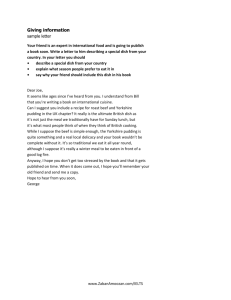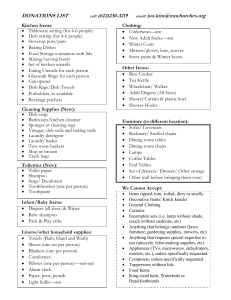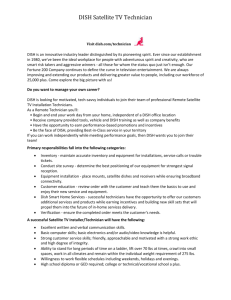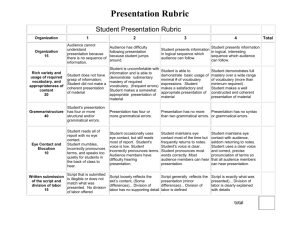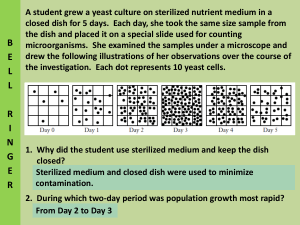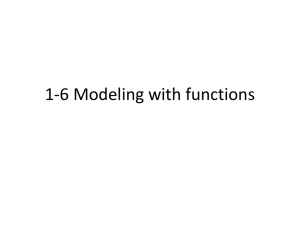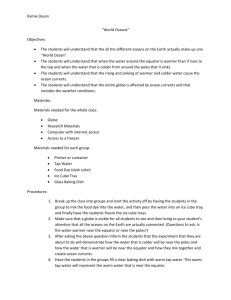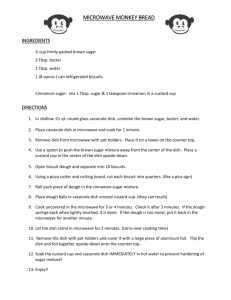R5-MiniOceanSim
advertisement
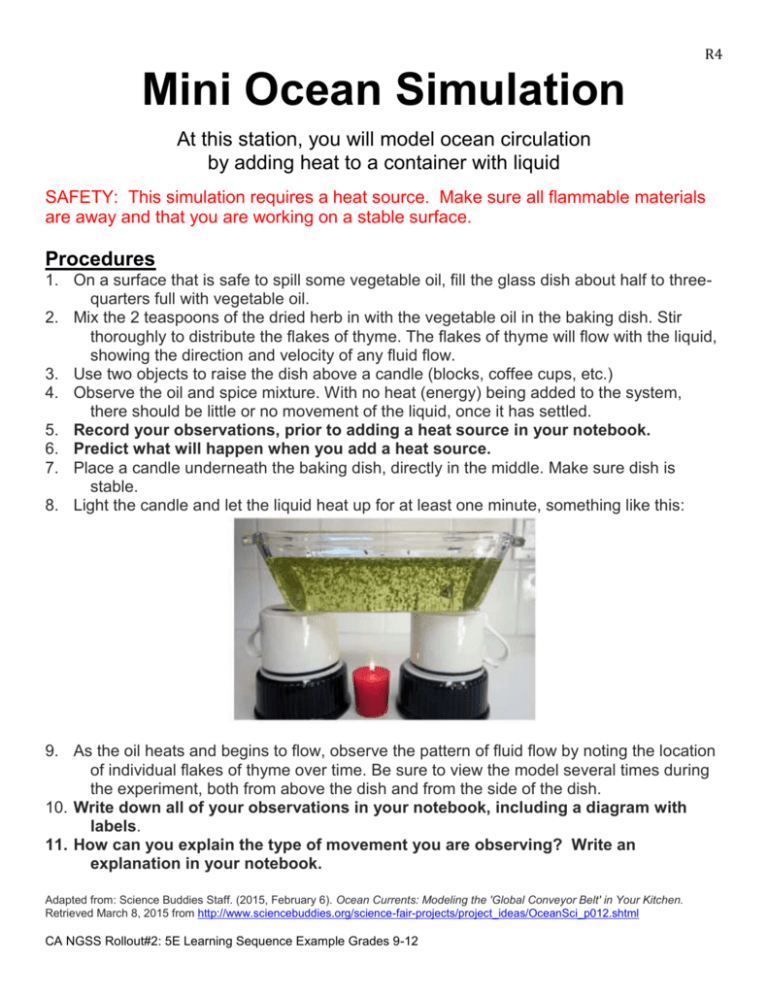
R4 Mini Ocean Simulation At this station, you will model ocean circulation by adding heat to a container with liquid SAFETY: This simulation requires a heat source. Make sure all flammable materials are away and that you are working on a stable surface. Procedures 1. On a surface that is safe to spill some vegetable oil, fill the glass dish about half to threequarters full with vegetable oil. 2. Mix the 2 teaspoons of the dried herb in with the vegetable oil in the baking dish. Stir thoroughly to distribute the flakes of thyme. The flakes of thyme will flow with the liquid, showing the direction and velocity of any fluid flow. 3. Use two objects to raise the dish above a candle (blocks, coffee cups, etc.) 4. Observe the oil and spice mixture. With no heat (energy) being added to the system, there should be little or no movement of the liquid, once it has settled. 5. Record your observations, prior to adding a heat source in your notebook. 6. Predict what will happen when you add a heat source. 7. Place a candle underneath the baking dish, directly in the middle. Make sure dish is stable. 8. Light the candle and let the liquid heat up for at least one minute, something like this: 9. As the oil heats and begins to flow, observe the pattern of fluid flow by noting the location of individual flakes of thyme over time. Be sure to view the model several times during the experiment, both from above the dish and from the side of the dish. 10. Write down all of your observations in your notebook, including a diagram with labels. 11. How can you explain the type of movement you are observing? Write an explanation in your notebook. Adapted from: Science Buddies Staff. (2015, February 6). Ocean Currents: Modeling the 'Global Conveyor Belt' in Your Kitchen. Retrieved March 8, 2015 from http://www.sciencebuddies.org/science-fair-projects/project_ideas/OceanSci_p012.shtml CA NGSS Rollout#2: 5E Learning Sequence Example Grades 9-12
